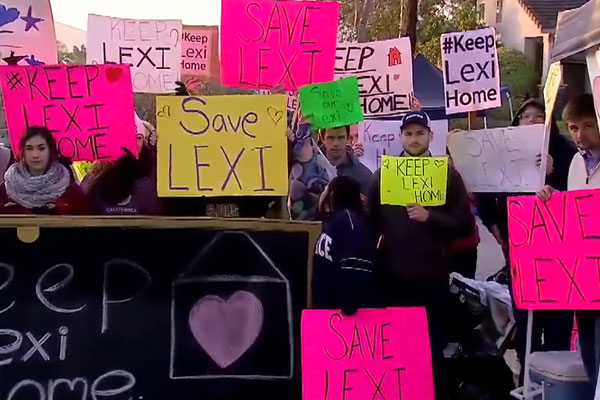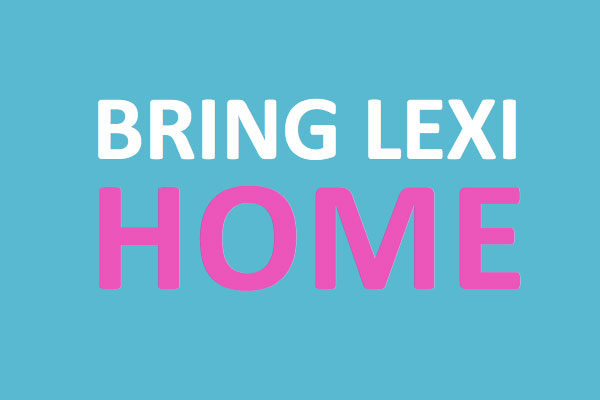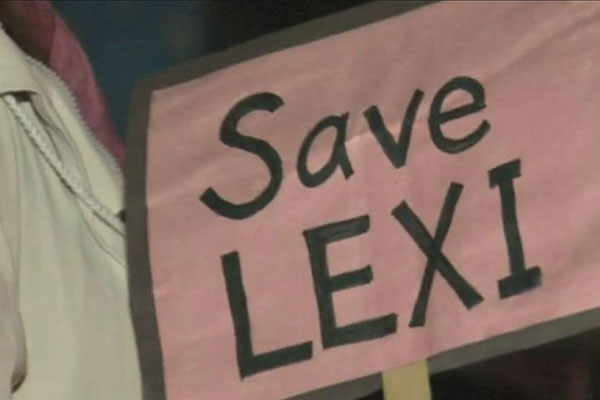- In LA County, all foster homes now must be qualified as adoptive placements as well; it is called “Dual Licensing”. Why is that? Because LA County realized that continuity of care….a “forever home”….is crucial for children. To quote Leslie Heimov’s response to why this change was made: “”They changed the policy to prevent children from having to be moved if reunification was not successful,” says Heimov”. (http://www.scpr.org/news/2013/08/20/38791/foster-bed-shortage-straining-la-countys-child-wel/ ) Reunification was not successful in this case, yet Heimov’s quote for the Pages is very different than what she said in 2013—let’s call it a “Dual Standard”.
- The first judge, Amy Pellman, said it best in 2003. “Pellman wants to see more change. She envisions major reform in the foster care system. She wants more support and services to help families stay intact. For those children who must be taken away from their parents, she says she doesn’t want to see them bounced around. “I want kids’ first placement to be their last placement.” (http://archive.calbar.ca.gov/Archive.aspx?articleId=51601&categoryId=51437&month=8&year=2003 ) What changed?
- The Pages accepted Lexi for respite care, because no one was there for her during Christmas. They asked the DCFS Indian Unit social worker to find an ICWA compliant foster home after the holidays—none existed. As a matter of fact, only recently did one surface, because the Indian unit has “struggled to recruit and retain Native American foster parents.” (https://chronicleofsocialchange.org/news-2/l-a-s-one-native-american-foster-mom/18823) At the recent hearing before the Court of Appeals, the attorneys discussed how hard it is to find a Native American foster home – and how hard it is to find an adoptive home which meets the goals of the Indian tribes. Even without litigation, it seems that it takes years to find adoptive homes for these children.
- The Pages did what every foster family who loves children would do: they agreed to let Lexi stay. During this time, there was no concurrent plan—the only plan outlined by the Indian Unit & tribe was re-unification with the birth father. “The tribe consented to the girl’s placement with a non-Indian foster family to facilitate efforts to reunify the girl with her father.” (Page 2 of Court of Appeals document) “After a few months, Alexandria’s behavioral issues resolved, and she formed a strong primary bond and attachment with the entire P. family, viewing the parents as her own parents and the P. children as her siblings.” (Page 5)
- The Pages did what experts say foster families should do: provide a stable & loving home for Lexi to heal in. They complied with reunification as much as possible and in Lexi’s best interests. “After reunification efforts failed, the father, the tribe, and the Department of Children and Family Services (Department) recommended that the girl be placed in Utah with a non-Indian couple who are extended family of the father.” (Page 3, emphasis added)
- By providing a stable & loving home that Lexi recognized as her own, it led the Court of Appeals to say that “it is reasonably probable that the court’s decision would have been different…” in the absence of error.
- This is not about the Pages & what they knew—it is about Lexi and what she felt and knew. The Pages were Lexi’s voice from the day she came into their home. If the Pages only wanted to adopt or add to their family, there would have been MUCH easier ways to do that.
- On average, nearly 52% of adoptions from foster care in California are completed by the Foster families themselves (nearly 50% nationwide). That means a majority of adoptions are from foster families—that doesn’t sound like foster parents are not adoptive. Of course, not all children coming from foster homes are adopted. But this significantly proves that when adoptive placements must be made, the child’s current caretakers are the preferred choice. http://www.acf.hhs.gov/sites/default/files/cb/prior_relation2014.pdf
- In fact, under California state law, when an adoptive placement must be decided after reunification services are terminated (as in Lexi’s case), the child’s current caretakers must be given preference for adoption of the child. See WIC Sec 366.26, subdivision (K).
Aren’t the Pages foster parents & not adoptive
One of the initial arguments against the Pages is that they are foster parents & foster parents don’t adopt. This is unfortunately a very common misconception:


